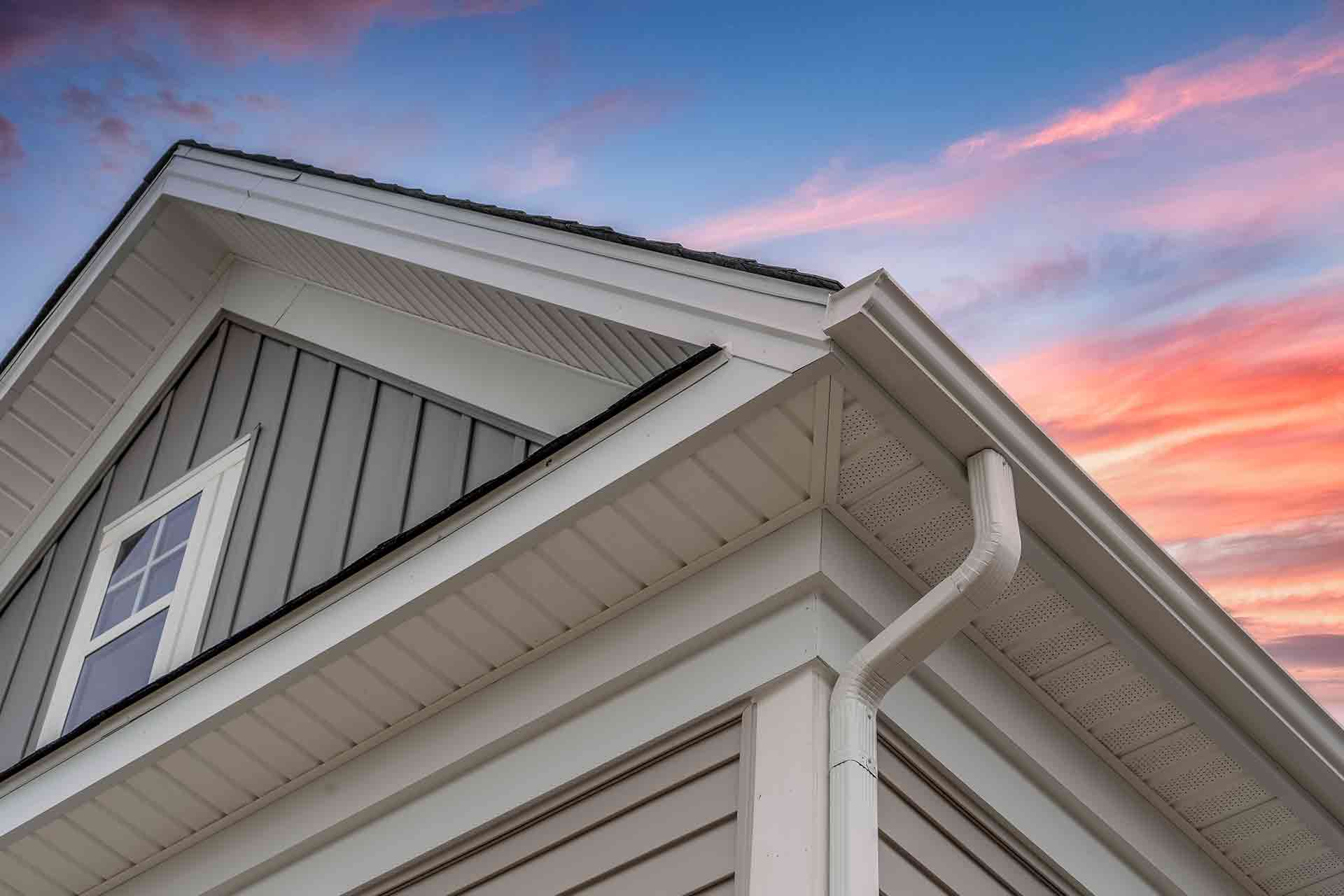

Articles
How Much Is Cement Siding
Modified: January 19, 2024
Find articles on how much cement siding costs, including installation, materials, and maintenance. Gain insights, tips, and comparisons for your siding needs.
(Many of the links in this article redirect to a specific reviewed product. Your purchase of these products through affiliate links helps to generate commission for Storables.com, at no extra cost. Learn more)
Introduction
Cement siding, also known as fiber cement siding, has become a popular choice among homeowners due to its durability and low maintenance requirements. This type of siding offers a multitude of benefits, making it a desirable option for those looking to give their homes a fresh and contemporary look. In this article, we will explore the benefits of cement siding, factors that affect its cost, average pricing, a comparison with other siding materials, and important factors to consider when determining the overall cost of cement siding installation.
When it comes to choosing the right siding material for your home, it’s essential to consider both aesthetic appeal and functionality. Cement siding strikes a perfect balance between the two, providing homeowners with a durable and visually appealing solution. Made from a blend of cement, sand, and cellulose fibers, cement siding is known for its strength, resistance to extreme weather conditions, and ability to mimic the look of natural wood or other materials.
One of the primary benefits of cement siding is its durability. Unlike traditional wood siding, cement siding is resistant to rot, warping, and insect damage. This longevity makes it a cost-effective choice in the long run, as it requires minimal repairs and replacements. Additionally, cement siding is fire-resistant, offering an extra layer of protection for your home.
Cement siding is also known for its low maintenance requirements. Unlike wood siding that needs regular painting or staining, cement siding is factory-finished with a durable coating that can last for up to 15 years before requiring a fresh coat. This not only saves homeowners time and effort but also reduces the overall cost of maintenance over the years.
Another advantage of cement siding is its versatility in terms of design options. It can be customized to suit various architectural styles, allowing homeowners to achieve the desired aesthetic for their homes. Whether you prefer a modern, sleek look or a traditional, rustic appearance, cement siding can be tailored to meet your specific design preferences.
Now that we’ve discussed the benefits of cement siding, let’s delve into the factors that can impact the overall cost of cement siding installation.
Key Takeaways:
- Cement siding offers durability, low maintenance, and design versatility, making it a valuable investment for homeowners seeking long-term cost savings and increased home value.
- Factors such as project size, location, and customization options influence the cost of cement siding installation, making it essential to obtain multiple quotes for informed decision-making.
Read more: What Is Cement Siding
Benefits of Cement Siding
Cement siding offers numerous advantages that make it an ideal choice for homeowners. Whether you are looking to enhance the durability, aesthetics, or value of your home, cement siding delivers on all fronts. Here are some of the key benefits of cement siding:
- Durability: Cement siding is extremely durable and can withstand harsh weather conditions, including high winds, heavy rain, and extreme temperature fluctuations. It is resistant to rot, warping, and insect damage, making it a long-lasting investment for your home.
- Low Maintenance: Unlike traditional wood siding that requires regular painting or staining, cement siding is virtually maintenance-free. It comes pre-finished with a durable coating that can last for up to 15 years, reducing the need for frequent upkeep and saving you time and money in the long run.
- Fire-Resistant: Cement siding is non-combustible, making it an excellent choice for homeowners concerned about fire safety. It does not contribute to the spread of flames and can help protect your home in the event of a fire.
- Design Versatility: Cement siding is available in a wide range of textures, colors, and styles, allowing you to achieve the desired aesthetic for your home. Whether you prefer the look of natural wood, stucco, or brick, cement siding can be customized to match your architectural preferences.
- Energy Efficiency: Cement siding offers excellent thermal insulation, helping to keep your home cool in the summer and warm in the winter. This can lead to energy savings and lower utility bills over time.
- Environmental Friendliness: Cement siding is an eco-friendly choice as it is made from sustainable materials, such as cement, sand, and cellulose fibers. It is also a recyclable product, reducing the environmental impact compared to other siding options.
- Increased Home Value: Adding cement siding to your home can increase its curb appeal and overall value. Potential buyers are attracted to the durability and low maintenance requirements of cement siding, making your property more desirable on the market.
With its durability, low maintenance, fire resistance, design versatility, energy efficiency, environmental friendliness, and potential for increasing home value, cement siding offers a host of benefits that make it a top choice among homeowners. Whether you are considering a complete exterior overhaul or simply looking to upgrade your current siding, cement siding is definitely worth considering.
Factors Affecting Cost
When it comes to the cost of cement siding installation, several factors come into play that can influence the overall price. Understanding these factors will help you estimate and plan your budget accordingly. Here are some key factors that can affect the cost of cement siding:
- Size of the Project: The size of your project, in terms of both square footage and the number of stories, will have a direct impact on the cost. Larger projects will require more materials and labor, which can increase the overall expense.
- Accessibility: The accessibility of your home plays a role in the cost as well. If your home is difficult to access, such as being located on a steep hill or having limited parking space for contractors, it can result in increased labor costs.
- Preparation Work: The condition of your existing siding and the need for any additional prep work can affect the cost. If there is old siding that needs to be removed or if the walls require repairs or reinforcement, it will add to the overall cost.
- Siding Grade and Style: The grade and style of the cement siding you choose will impact the cost. Higher-grade siding or specialty styles, such as shingle or board-and-batten, can cost more than standard options. Additionally, if you opt for custom colors or textures, it can also increase the overall price.
- Additional Features: Adding extra features to your cement siding installation, such as decorative trim, corner posts, or window accents, will incur additional costs. These features can enhance the aesthetics of your home but should be factored into your budget.
- Location: The location of your home can also impact the cost of cement siding installation. Labor and material prices can vary depending on the region or city you reside in, so it’s important to consider the local market conditions.
- Contractor’s Experience: The experience and reputation of the contractor you hire can affect the cost. Contractors with extensive experience and a proven track record may charge higher prices for their services, but they also bring a higher level of expertise and quality of work.
It’s important to keep in mind that the cost of cement siding installation can vary significantly depending on these factors. To get an accurate estimate, it’s recommended to consult with multiple contractors and request detailed quotes that include all the necessary costs.
With a clear understanding of the factors that can affect the cost, you can make informed decisions and plan your budget accordingly. By considering these variables, you’ll be able to ensure a smooth and cost-effective cement siding installation process for your home.
Average Cost of Cement Siding
The cost of cement siding installation can vary depending on various factors, including the size of the project, location, and any additional features or customization options. While it is challenging to provide an exact figure, we can give you a general idea of the average cost range for cement siding.
On average, homeowners can expect to pay between $6 and $12 per square foot for cement siding installation. This cost includes both materials and labor. Keep in mind that this is a rough estimate, and actual prices may vary based on the factors mentioned earlier.
For a more detailed breakdown, let’s consider two common scenarios:
- Small to Medium-Sized Home: For a small to medium-sized home with an average size of 1,500 square feet, the cost of cement siding installation could range between $9,000 and $18,000. This estimate includes the cost of materials, labor, and any necessary preparation work.
- Larger Home: For a larger home with an area of around 3,000 square feet, the cost of cement siding installation could range between $18,000 and $36,000. Again, this estimate will vary depending on the specific project requirements and customization options.
It’s important to note that these figures are just averages and can be influenced by factors such as the location, complexity of the project, and local labor and material costs. To get an accurate estimate for your specific project, it is recommended to consult with local contractors and obtain multiple quotes.
Additionally, it is essential to consider the long-term cost savings that cement siding offers. While the upfront cost may be higher compared to some other siding materials, its durability and low maintenance requirements can result in cost savings over time. You can save on painting, staining, and frequent repairs, making cement siding a valuable investment in the long run.
Remember, obtaining multiple quotes and comparing them will help you make an informed decision and ensure that you get the best possible price for your cement siding installation while maintaining high-quality workmanship.
Cost Comparison with Other Siding Materials
When considering siding options for your home, it’s important to compare the cost of cement siding with other popular materials. This will help you make an informed decision based on your budget and the long-term value provided by each option. Let’s explore a cost comparison of cement siding with other common siding materials:
- Wood Siding: Wood siding is a classic and timeless option that adds warmth and character to a home. However, it typically comes with a higher price tag compared to cement siding. The cost of wood siding can range from $8 to $15 per square foot, depending on the type of wood used and any additional treatments or finishes required.
- Vinyl Siding: Vinyl siding is known for its affordability and low maintenance requirements. It is one of the most cost-effective siding options, with prices ranging from $3 to $8 per square foot. However, it may not offer the same level of durability and visual appeal as cement siding.
- Brick Siding: Brick siding is renowned for its durability and timeless aesthetic. However, it is one of the most expensive siding materials, with costs ranging from $10 to $30 per square foot. While brick siding offers long-term value, its higher upfront cost may be a consideration for homeowners on a budget.
- Stone Veneer: Stone veneer is a popular choice for those seeking a luxurious and natural look for their homes. However, it comes with a higher price tag, typically ranging from $12 to $25 per square foot. If you desire the elegance of stone but want a more cost-effective option, cement siding can provide a similar aesthetic.
While cement siding falls within the mid-range cost-wise when compared to other siding materials, it offers a unique combination of durability, low maintenance requirements, and design versatility. It can replicate the look of wood, brick, or stone at a fraction of the cost, making it an attractive option for homeowners on a budget.
In addition to the upfront cost, it’s important to consider the long-term savings provided by cement siding. Its low maintenance requirements and resistance to rot, warping, and insect damage can save you money on repairs and replacements in the future. This, in turn, increases the overall value and return on investment of cement siding.
Ultimately, the choice of siding material depends on your budget, aesthetic preferences, and the specific needs of your home. By weighing the cost and benefits of each option, you can make an informed decision that suits both your budget and your desired home exterior.
When considering the cost of cement siding, it’s important to factor in not just the material itself, but also installation costs, maintenance requirements, and the potential for energy savings over time. It’s also a good idea to get quotes from multiple contractors to ensure you’re getting a fair price.
Read more: How To Cut Cement Siding
Cost Factors to Consider
When estimating the cost of cement siding installation, it’s important to take into account various factors that can affect the overall expense. By considering these factors, you can have a more accurate understanding of the total cost and plan your budget accordingly. Here are some key cost factors to consider:
- Square Footage: The size of the area to be covered with cement siding is one of the primary factors influencing the cost. The more square footage you have, the more materials and labor will be required, resulting in higher overall costs.
- Type of Cement Siding: Different types of cement siding vary in cost. Standard cement siding is generally less expensive compared to specialty styles or higher-grade options. Additional customization, such as custom textures or colors, can also increase the cost.
- Preparation Work: The condition of your existing siding and the need for any repairs or removal can impact the cost. If there is old siding that needs to be removed or if the walls require additional preparation work, it will add to the overall expense.
- Installation Complexity: The complexity of the installation can affect the cost. Factors such as the number of stories, architectural details, and any additional features or accents can require more time and expertise, resulting in higher labor costs.
- Location: The location of your home can influence the cost of cement siding installation. Labor and material prices can vary depending on the region or city you reside in. It’s important to consider the local market conditions while estimating the overall cost.
- Contractor’s Fees: The fees charged by the contractor for the installation can vary. Factors such as the contractor’s experience, reputation, and expertise can impact the cost. It’s essential to obtain multiple quotes and compare them to ensure you get the best value for your money.
- Additional Features: Adding extra features to your cement siding, such as decorative trim, corner posts, or window accents, will increase the overall cost. These features can enhance the aesthetics of your home but should be factored into your budget.
- Permit and Inspection Costs: Depending on local regulations, you may need to obtain permits and undergo inspections during the installation process. These additional costs should be considered when estimating the overall expense.
It’s important to note that while cost is a significant consideration, it’s equally important to prioritize quality and expertise when choosing a contractor. A reputable and experienced contractor may charge slightly higher fees but can ensure a high-quality installation and minimize the risk of future problems or repairs.
By taking these cost factors into account and obtaining detailed quotes from reputable contractors, you can develop a realistic budget and make informed decisions about your cement siding installation project.
Pros and Cons of Cement Siding
When considering cement siding as an option for your home, it’s important to weigh the pros and cons to make an informed decision. Cement siding offers a range of benefits, but it also has some drawbacks that should be considered. Let’s explore the pros and cons of cement siding:
Pros:
- Durability: Cement siding is known for its durability and resistance to rot, warping, and insect damage. It can withstand harsh weather conditions, making it a long-lasting option for your home.
- Low Maintenance: Cement siding is relatively low maintenance compared to other siding materials. It comes pre-finished with a durable coating that can last for up to 15 years before requiring repainting. This saves you time and money on regular maintenance tasks.
- Aesthetic Appeal: Cement siding can mimic the look of various materials, such as wood, stucco, or brick. It offers a wide range of textures, colors, and styles, allowing you to achieve the desired design aesthetic for your home.
- Fire-Resistant: Cement siding is non-combustible and offers excellent fire resistance. It can help protect your home from the spread of flames, providing an extra layer of safety and peace of mind.
- Energy Efficiency: Cement siding provides insulation properties that can enhance the energy efficiency of your home. It can help regulate indoor temperatures, reducing the need for excessive heating or cooling and potentially lowering your energy bills.
- Environmental Friendliness: Cement siding is made from sustainable materials, such as cement, sand, and cellulose fibers. It is also recyclable, reducing its impact on the environment compared to other siding materials.
Cons:
- Higher Upfront Cost: Cement siding tends to have a higher upfront cost compared to materials such as vinyl or wood siding. However, its durability and low maintenance requirements can offset this initial investment over time.
- Installation Complexity: Cement siding installation can be more complex compared to other siding materials. It requires specialized tools and techniques, so it’s crucial to hire an experienced contractor to ensure a proper installation.
- Weight: Cement siding is heavier compared to some other siding options. This can make the installation process more labor-intensive, especially for multi-story homes, and may require additional structural support.
- Potential for Moisture Issues: While cement siding is moisture-resistant, improper installation or failure to address moisture-related issues can lead to problems such as water infiltration and mold growth. It’s important to address any potential moisture concerns during the installation process.
- Limited DIY Options: Due to the complexity of installation, cement siding is not typically recommended as a DIY project. This means that you will need to hire a professional contractor, which can add to the overall cost.
Considering both the pros and cons of cement siding will help you make an informed decision that aligns with your needs, budget, and long-term goals for your home. It’s always recommended to consult with professionals and gather detailed information before making a final decision.
Read more: How To Repair Cement Board Siding
Conclusion
Cement siding, with its numerous benefits, durability, and design versatility, has proven to be a popular choice among homeowners. It offers a range of advantages, including its low maintenance requirements, resistance to weather elements, fire resistance, and eco-friendly nature. However, it’s important to consider the factors that can affect the cost of cement siding installation and compare it with other siding materials to determine if it is the right choice for your home.
While the upfront cost of cement siding may be slightly higher compared to some other materials, its durability and long-term cost savings make it a worthwhile investment. By choosing cement siding, you can potentially save money on repairs, replacements, and regular maintenance over the years.
When estimating the cost of cement siding, factors such as square footage, location, installation complexity, and customization options should be considered. Obtaining multiple quotes from reputable contractors will help you make an informed decision and ensure that you get the best value for your money.
Additionally, it’s essential to weigh the pros and cons of cement siding. Its durability, low maintenance, aesthetic appeal, and energy efficiency are significant advantages. However, factors such as the higher upfront cost, installation complexity, and limited DIY options should also be taken into consideration.
In conclusion, cement siding is a durable, low maintenance, and visually appealing option for homeowners. It provides long-term value, enhances the curb appeal of your home, and can withstand various weather conditions. By carefully considering the cost factors, comparing it with other siding materials, and understanding its pros and cons, you can make an informed decision and choose the best siding option for your home.
Frequently Asked Questions about How Much Is Cement Siding
Was this page helpful?
At Storables.com, we guarantee accurate and reliable information. Our content, validated by Expert Board Contributors, is crafted following stringent Editorial Policies. We're committed to providing you with well-researched, expert-backed insights for all your informational needs.
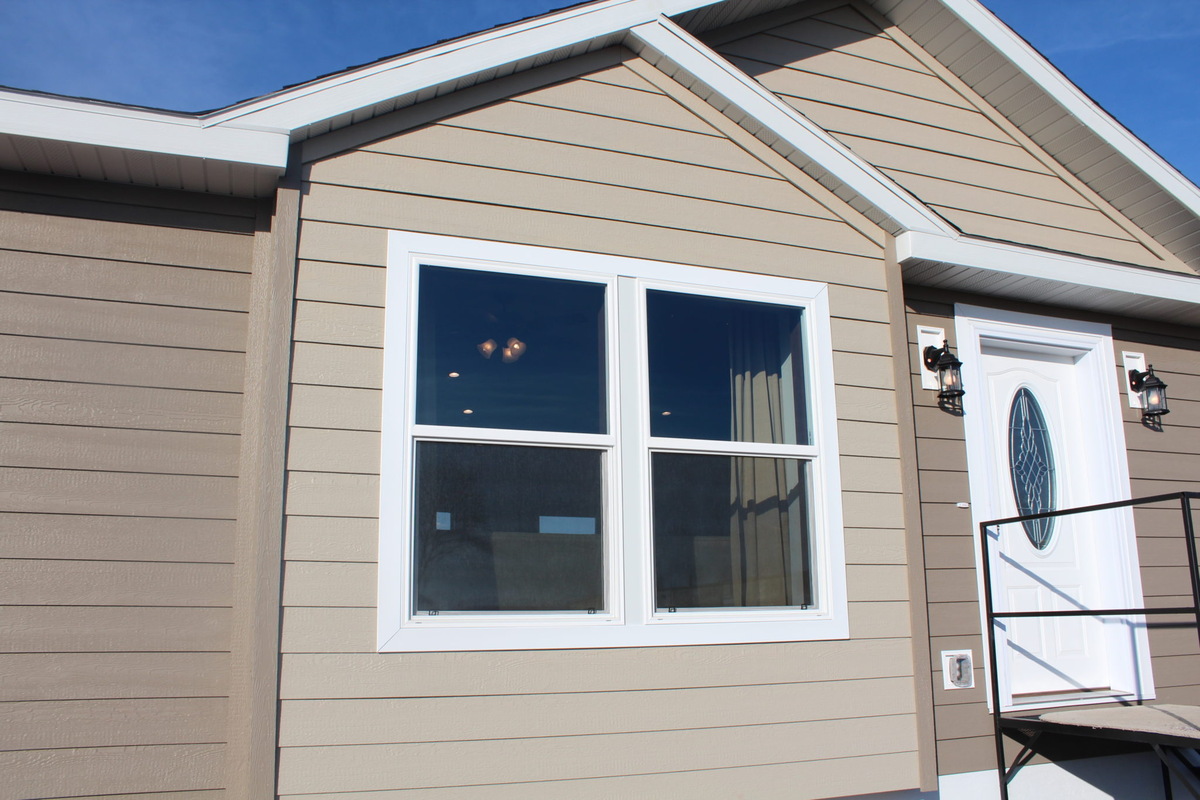
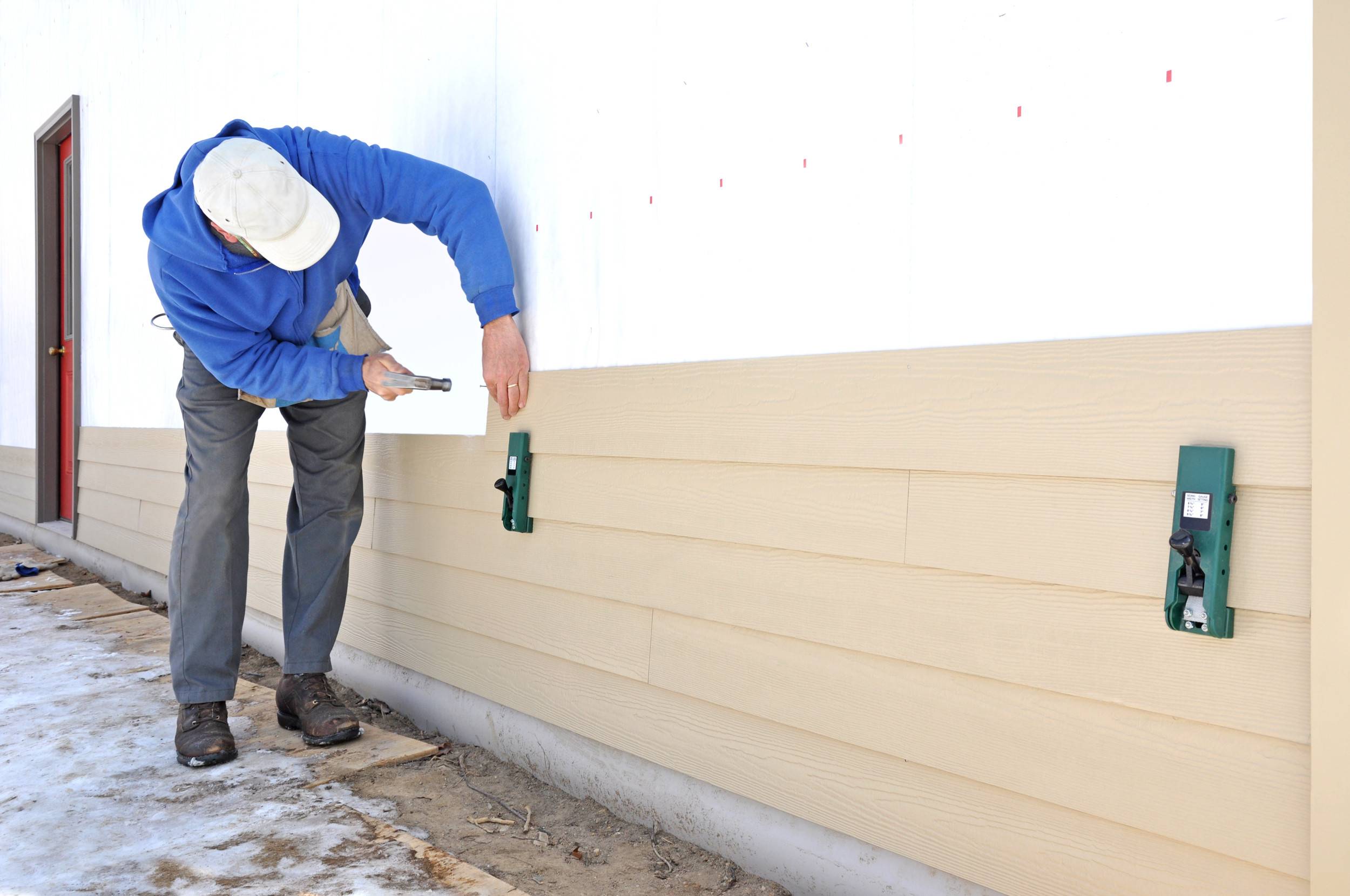
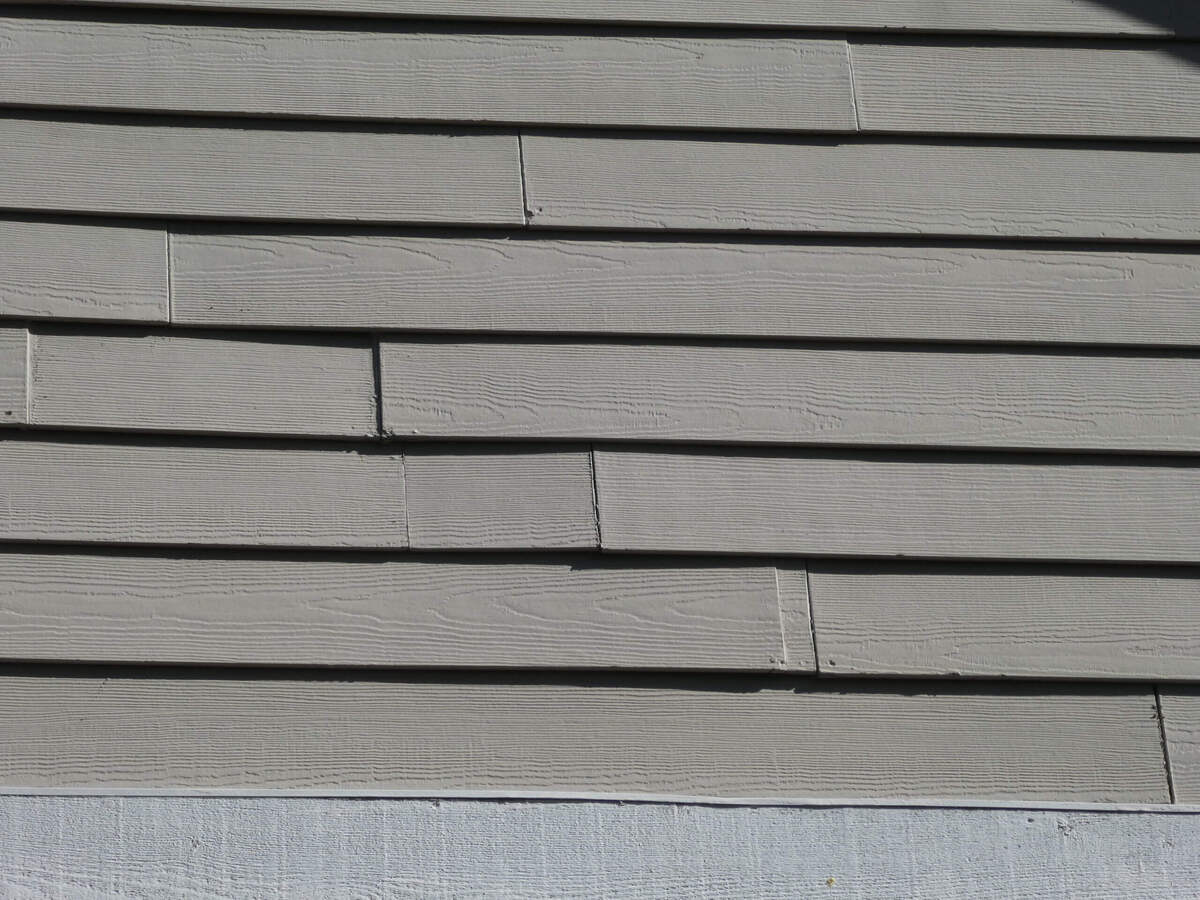
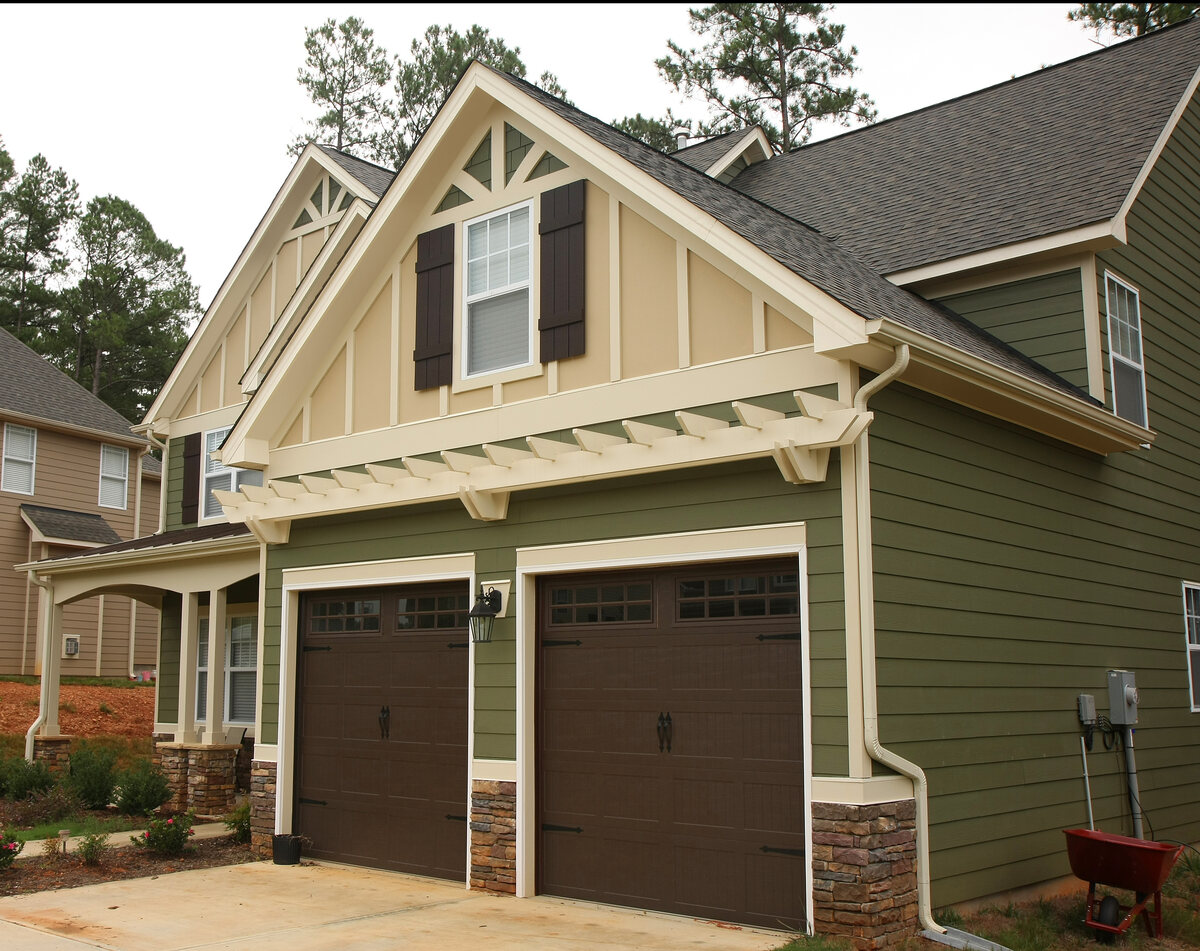
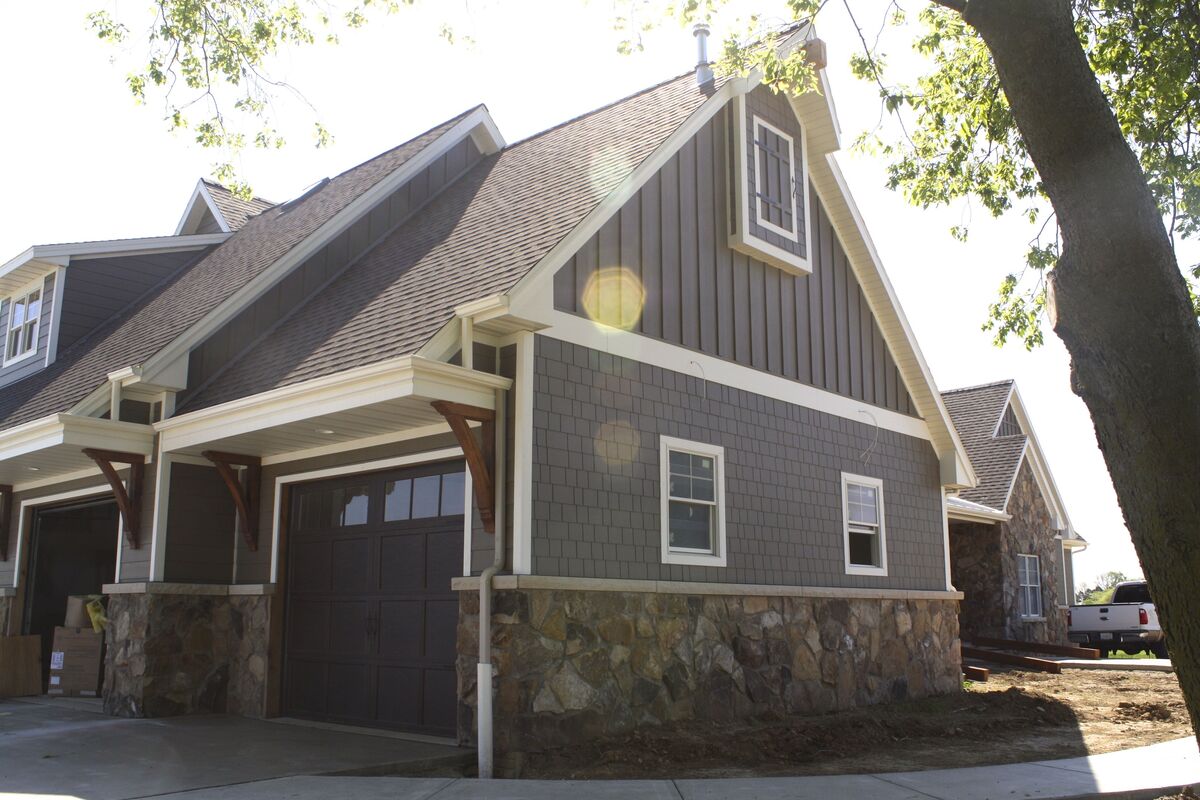
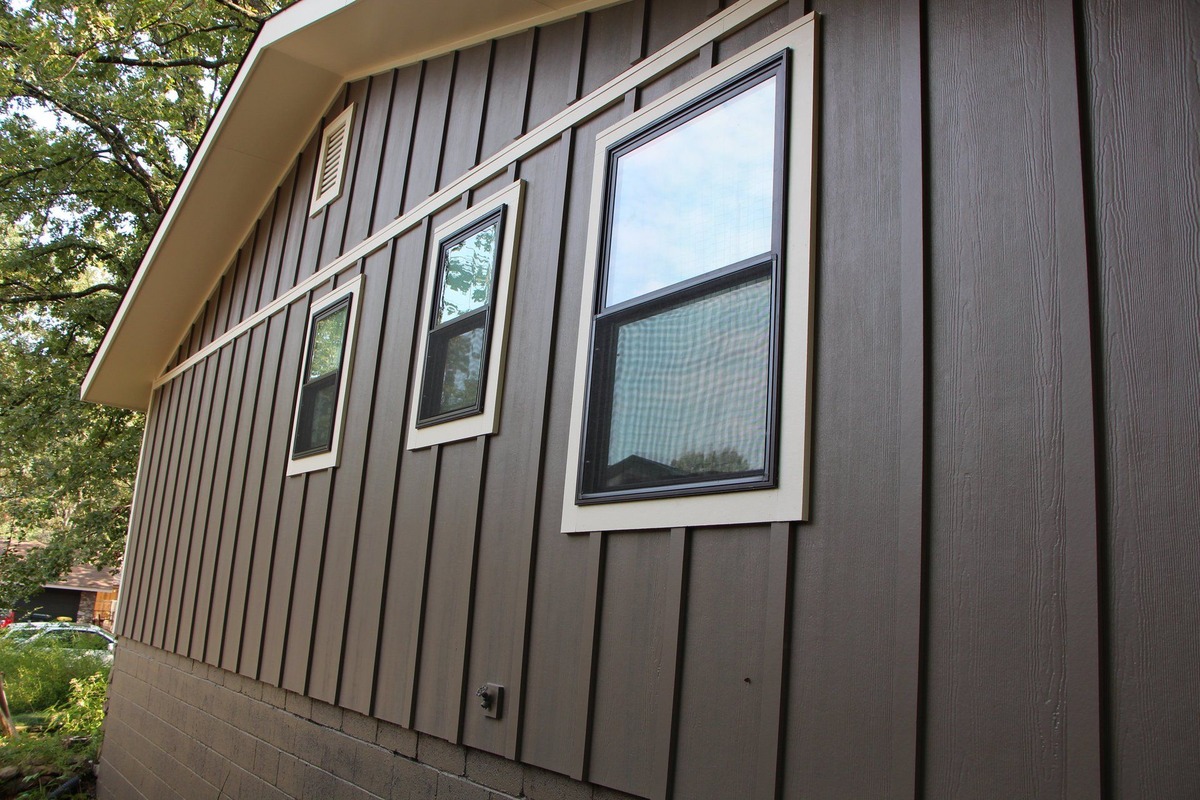
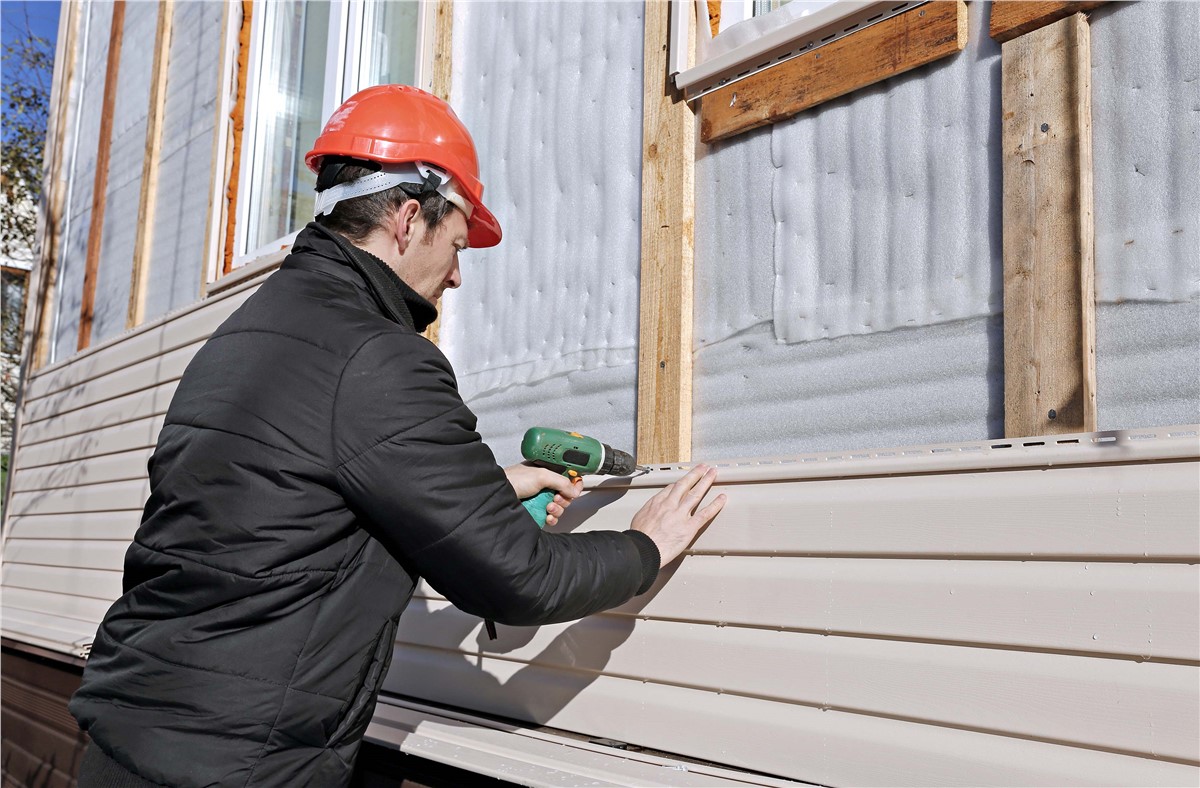
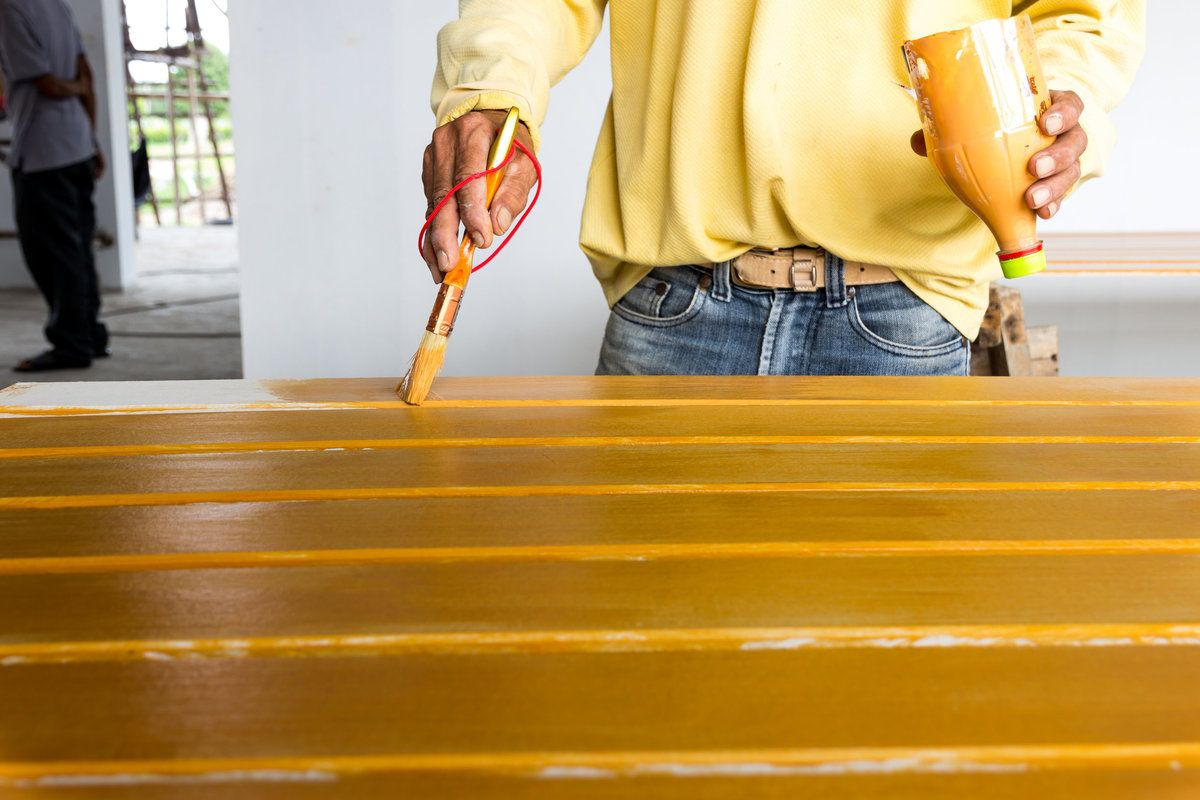
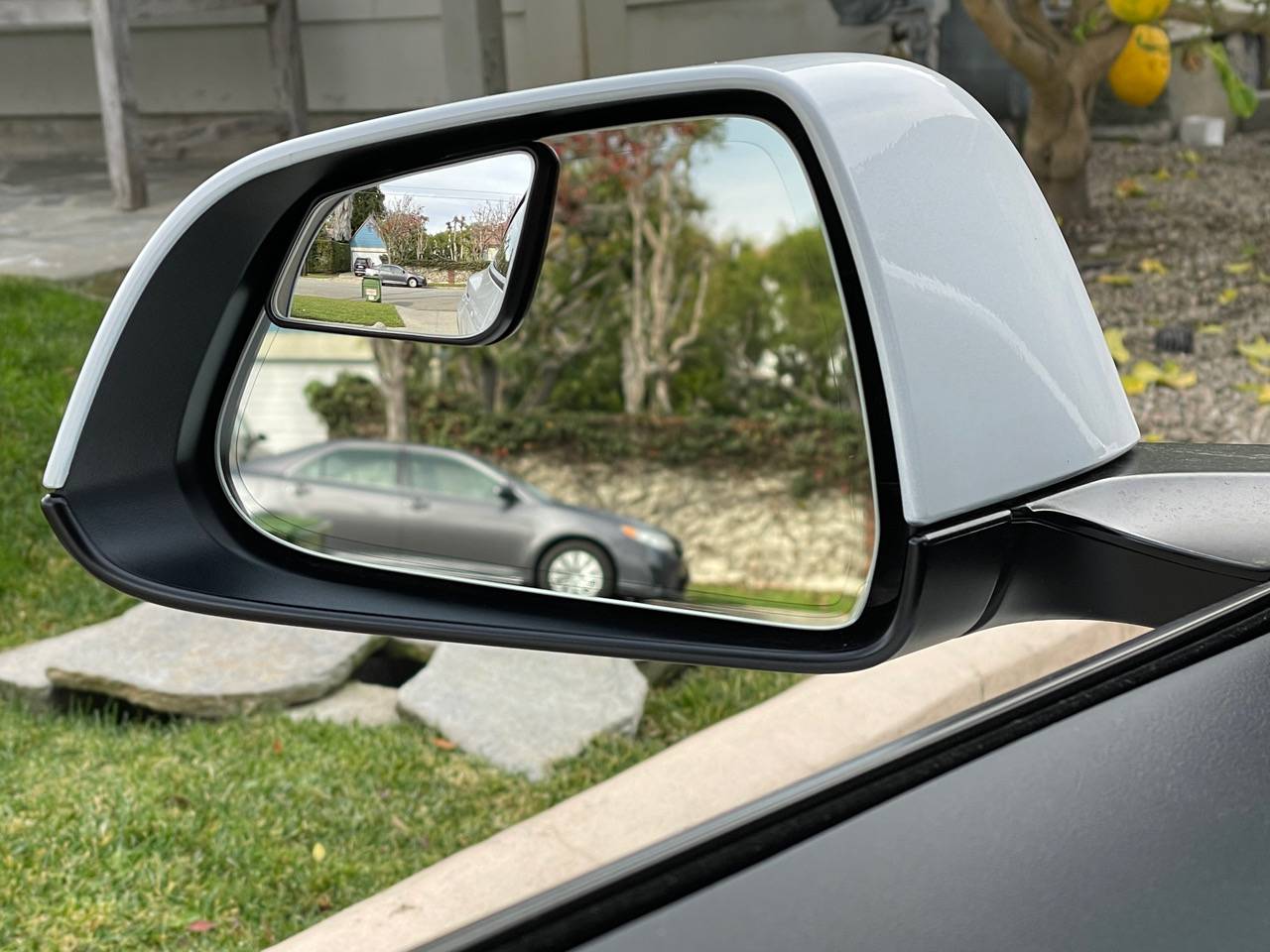
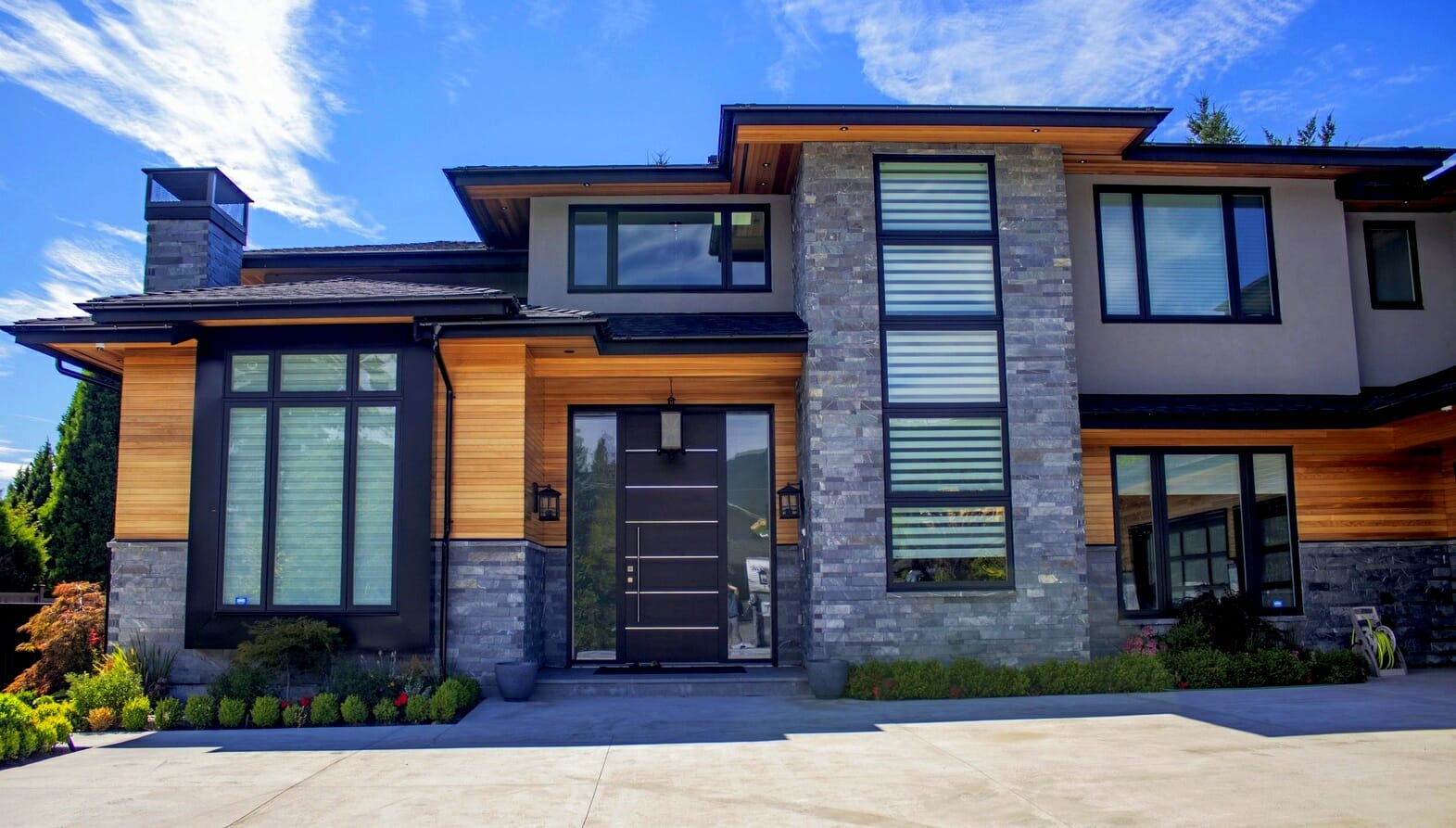
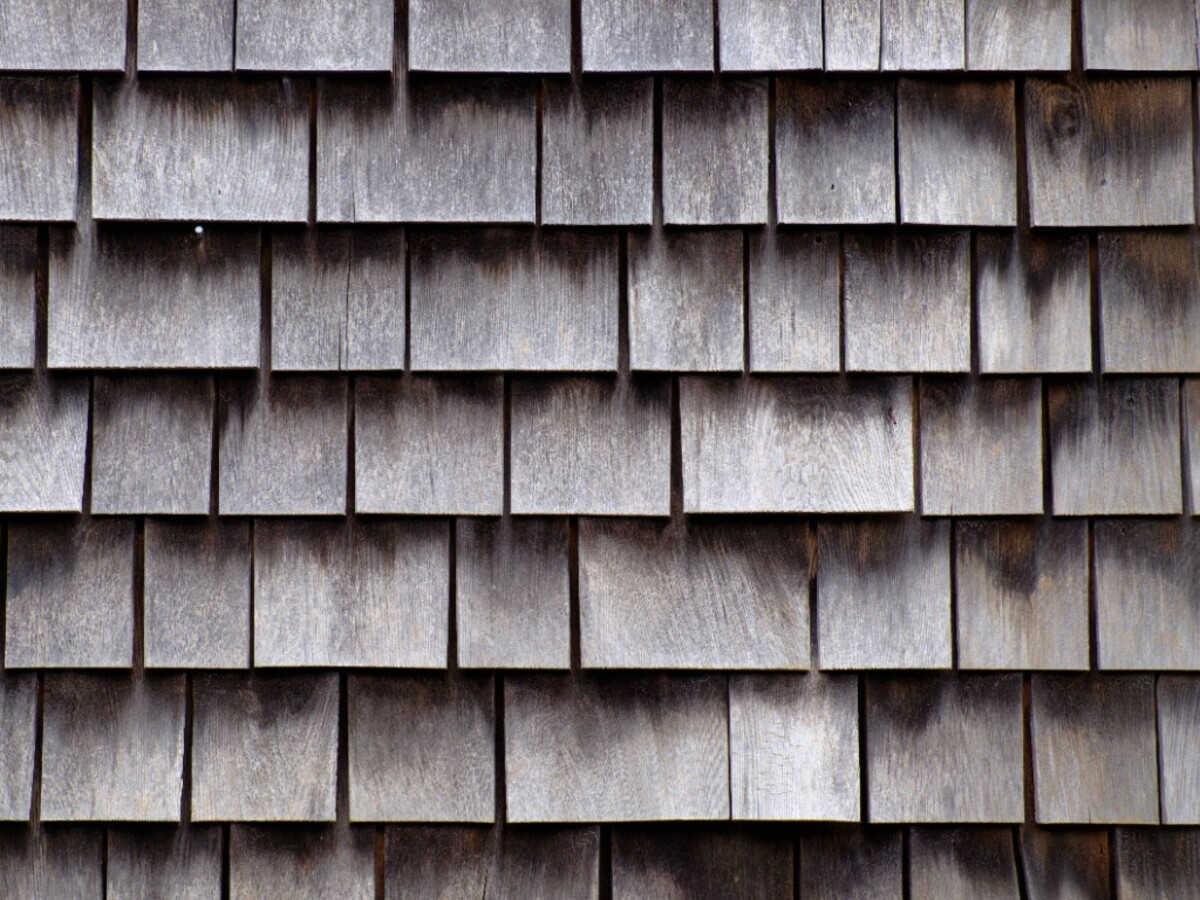
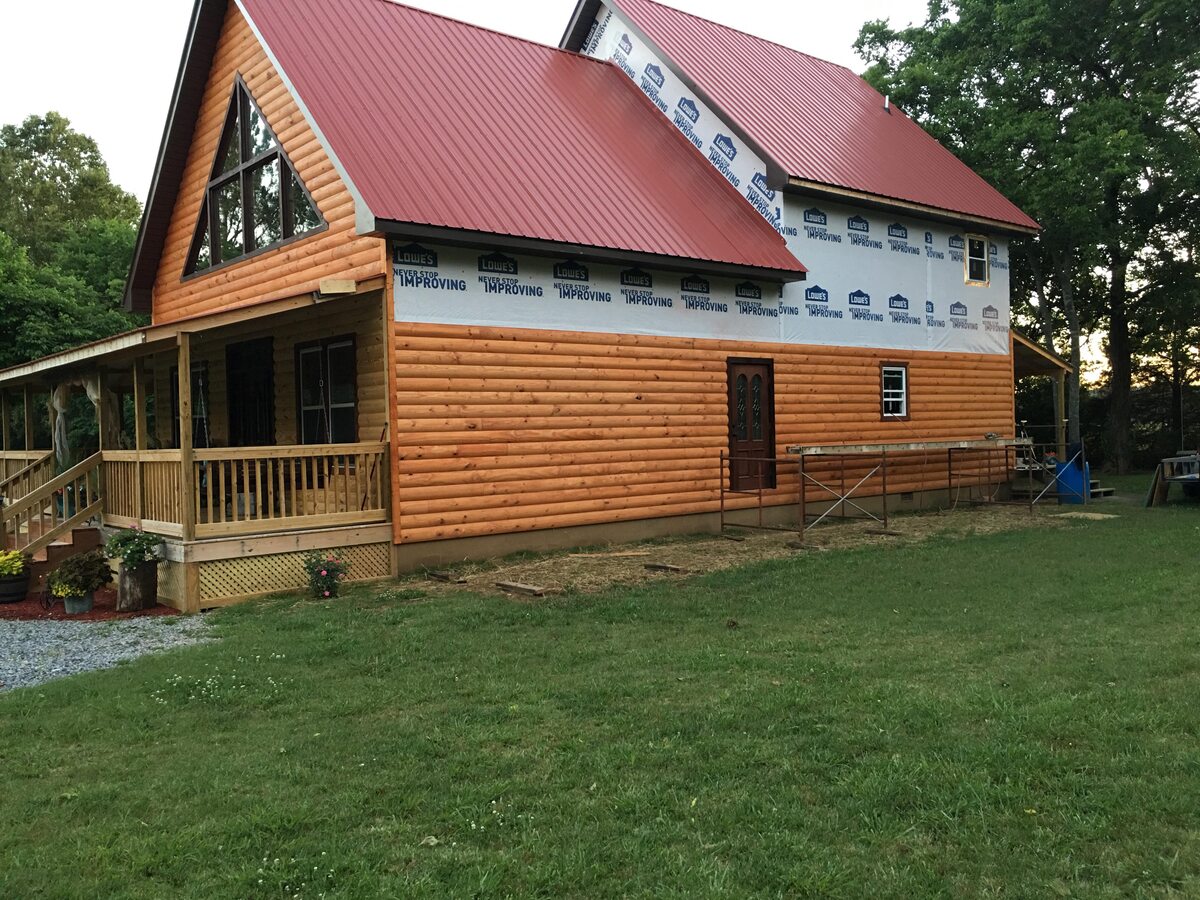
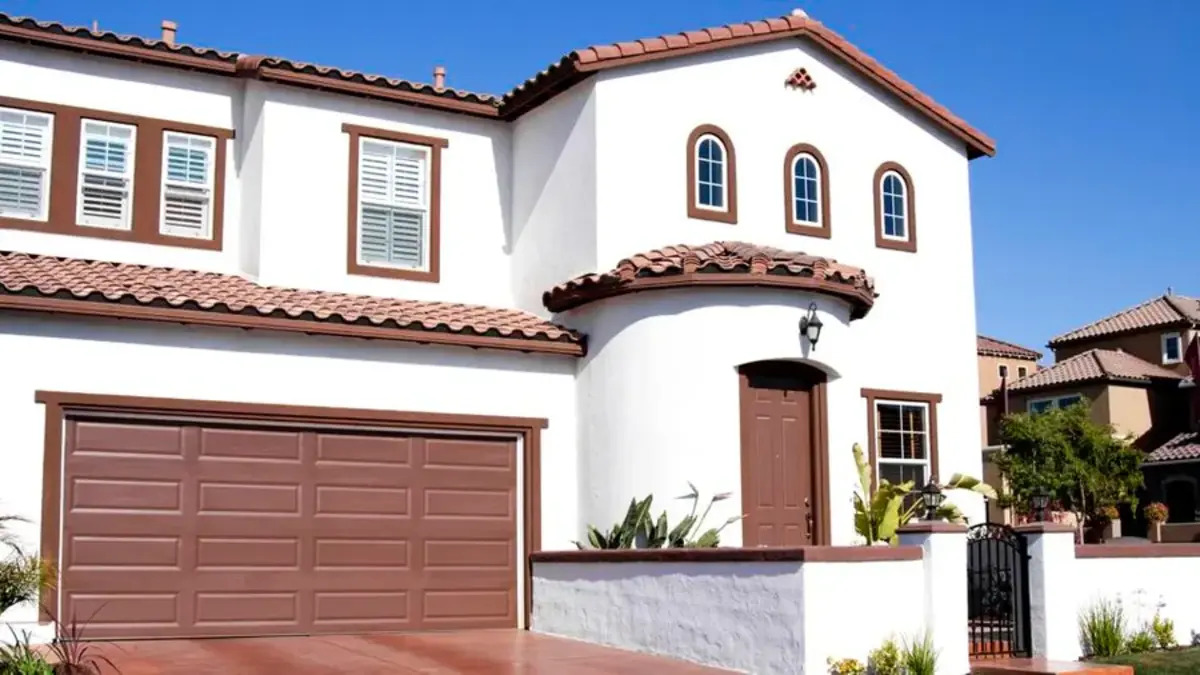

0 thoughts on “How Much Is Cement Siding”